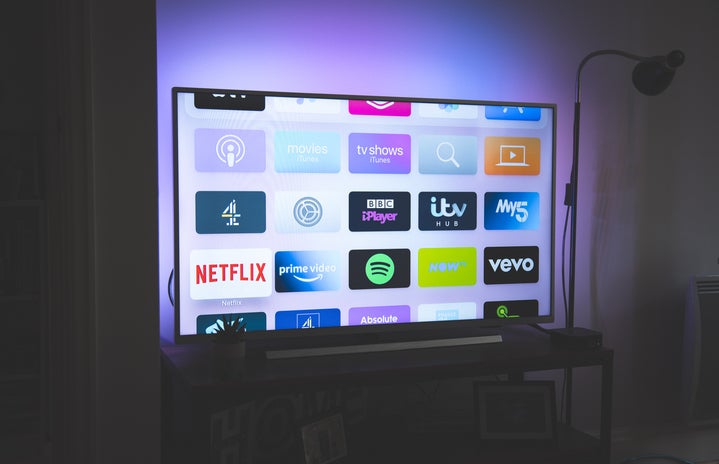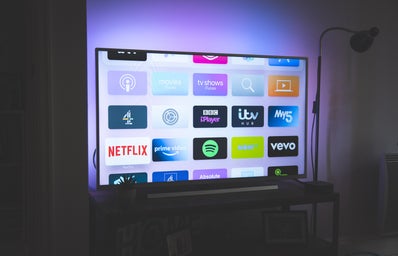OTT — It’s the present, the future, the way ahead!
In today’s world where the pandemic turned everyone’s life upside-down, where stepping outside the four walls of the home was a complete no-no and where we were completely devoid of big-screen entertainment, there was an ever-growing craze for series and dramas, thanks to platforms like Netflix and Prime Video!
While attracting millions of new subscribers, this sudden wave of streaming platforms also paved the way for some sensational female-centric films and digital shows. Some intriguing 2021 releases showcasing women in leading roles were Sushmita Sen in and as Aarya, Taapsee Pannu in Rashmi Rocket, Huma Qureshi in Maharani, Kriti Sanon in Mimi, and Kajol in Tribhanga.
Apart from entertaining all the cinephiles out there and broadening the variety of roles being taken up by women, there is a much bigger picture to this.
According to the principles of psychology, the way people perceive the world around them is influenced by the environment in which they grow. Sigmund Freud, the pioneer of psychoanalysis, through his psychodynamic theory, elaborated on how people form their basic feelings about the world as early as the age of one to two years!
Surprising, right? But wait, how’s any of this related to OTTs and film releases? Well, the logic is simple, clear, and straightforward!
It’s how our mind plays tricks that influence our thinking.
→ If women are shown as ones who are meant only for household chores and males as the ones who financially support their families, this thinking will be rooted in the minds of the young ones (which is the real-life case scenario for almost 85-90% of households in India be it rural or urban).
→ With more strong characters being played by women, it will subconsciously affect the thinking of the viewers. A more confident and independent depiction of females might help change the deeply embedded stereotype of women being the ‘weaker sex.’
In India alone, most children have at least 3-4 hours of screen time daily. Although not a thing to be proud of, this dark cloud has a silver lining to it if they watch shows and movies that help the audience acquire the correct outlook on such important issues.
Since TV and commercials are a major influence on them, the depiction of women in different avatars can align their thinking to “chhoriyan chhoro se kum nahi hoti.”
It’s extremely difficult to damage a building that has a solid foundation and so is changing the thoughts engrained in one’s soul throughout their life. In order to push for more such storylines, the entertainment industry requires the support of us, the audience.
After all,
“What you see is what you learn!”


